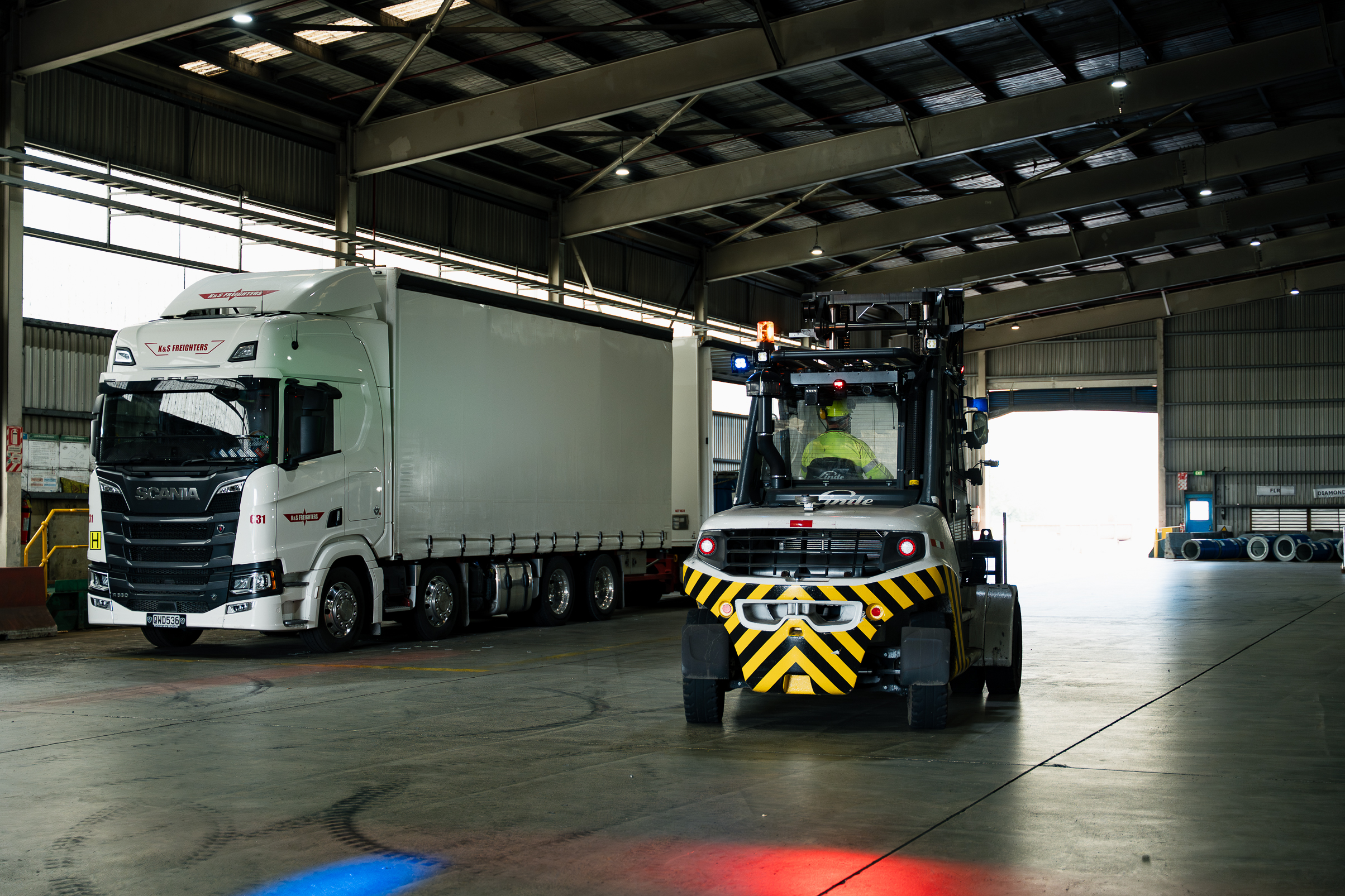
Every year, vehicle-related incidents remain one of the most serious hazards in New Zealand workplaces. Between January 2019 and January 2020, WorkSafe NZ recorded:
A survey of 85 organisations revealed an average of 33 crashes per year, with one in four work vehicles involved in an incident. Annual motor-fleet insurance claims averaged NZ $57 915.² According to WorkSafe New Zealand’s Overview of Harm and Risk (2024), work-related fatalities and serious injuries remain significant in industries involving mobile plant.
The human cost is immeasurable. The financial and operational cost is enormous. But the common themes behind these numbers are consistent and solvable.
WorkSafe’s analysis identifies several recurring issues that create the conditions for accidents:
SonaSafe Dynamic exclusion zones offer a new way to control risk in environments where physical separation is not always possible. Rather than fixed zones that treat every space equally, dynamic zones respond to vehicle behaviour, site layout, and environmental context.
Our intelligent proximity technology detects both people and vehicles - even through gaps in loads, racking, or blind corners. Configurable “Warning” and “Stop” distances are tuned to each vehicle type and site condition, removing blind spots and reducing false positives.
Forklifts and mobile plant often have restricted sightlines, especially when carrying loads or operating in narrow aisles. SonaSafe’s sensor array effectively extends the driver’s awareness, “seeing” through and around obstacles that would otherwise hide pedestrians.
To configure:
This configuration ensures that even in cluttered warehouses, pedestrians remain visible to technology when they are invisible to drivers.
Not every site can install barriers or dedicated walkways. Loading bays, dock areas, and mixed-traffic yards often require shared space. Dynamic exclusion zones compensate by adjusting automatically based on direction of travel and vehicle speed.
Example configurations include:
By scaling zones dynamically, SonaSafe provides continuous protection without slowing productivity.
Warehousing and logistics sectors face high staff turnover and frequent use of temporary labour. Visitors and contractors may not fully understand the site’s safety expectations. SonaSafe mitigates this gap through real-time dual alerts to both drivers and pedestrians whenever a zone is breached. Audible and visual warnings prompt immediate action, reinforcing safe habits even among new or untrained personnel.
Human reaction time and judgement are variable, especially under fatigue or time pressure. SonaSafe’s configurable business rules enable systematic intervention before an impact occurs. When a breach occurs in a Stop Zone, the system can signal the vehicle to slow or halt automatically, depending on the site’s predefined parameters. This layered approach combining behavioural feedback with engineered response creates a consistent, repeatable method of collision avoidance.
Each interaction between pedestrian and plant is recorded through the SonaSafe cloud platform. Over time, this data reveals powerful patterns that support continuous improvement:
Integrating this information into formal risk reviews enables organisations to close the loop between policy, practice, and performance.
Dynamic exclusion zones are more than technology; they represent a mindset shift from reactive safety to proactive prevention. For industries where vehicles and pedestrians must share space, configurable proximity systems like SonaSafe’s deliver the flexibility that fixed barriers and paper-based controls cannot. By matching technology settings to real-world conditions, organisations can reduce blind spots, reinforce behaviour, and systematically engineer out the risk of collision.
Learn more about how site specific configuration is driving No Avoidable Harm with Mainstream.
KiwiRail
